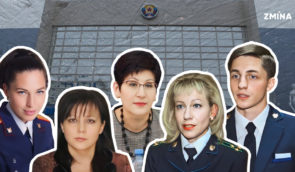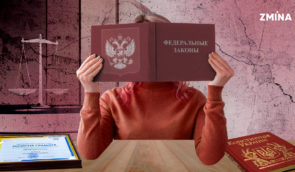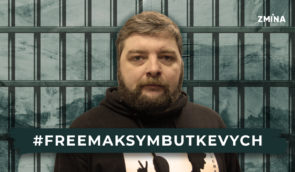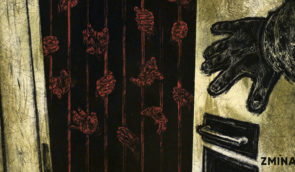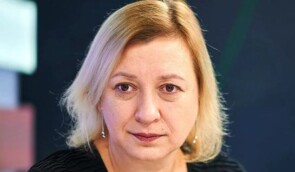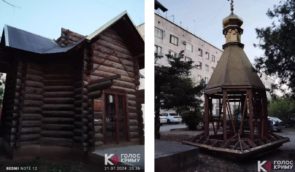Levon Azizyan: ‘Benefit of pass entry system on contact line is questionable…’
OSCE Human Dimension Implementation Meeting HDIM2016 was held in Warsaw until September 30. The representatives of the non-governmental organizations and human rights activists had an opportunity to speak about the problems in the human rights field in the international arena and to gain support of the OSCE participating states to address them.
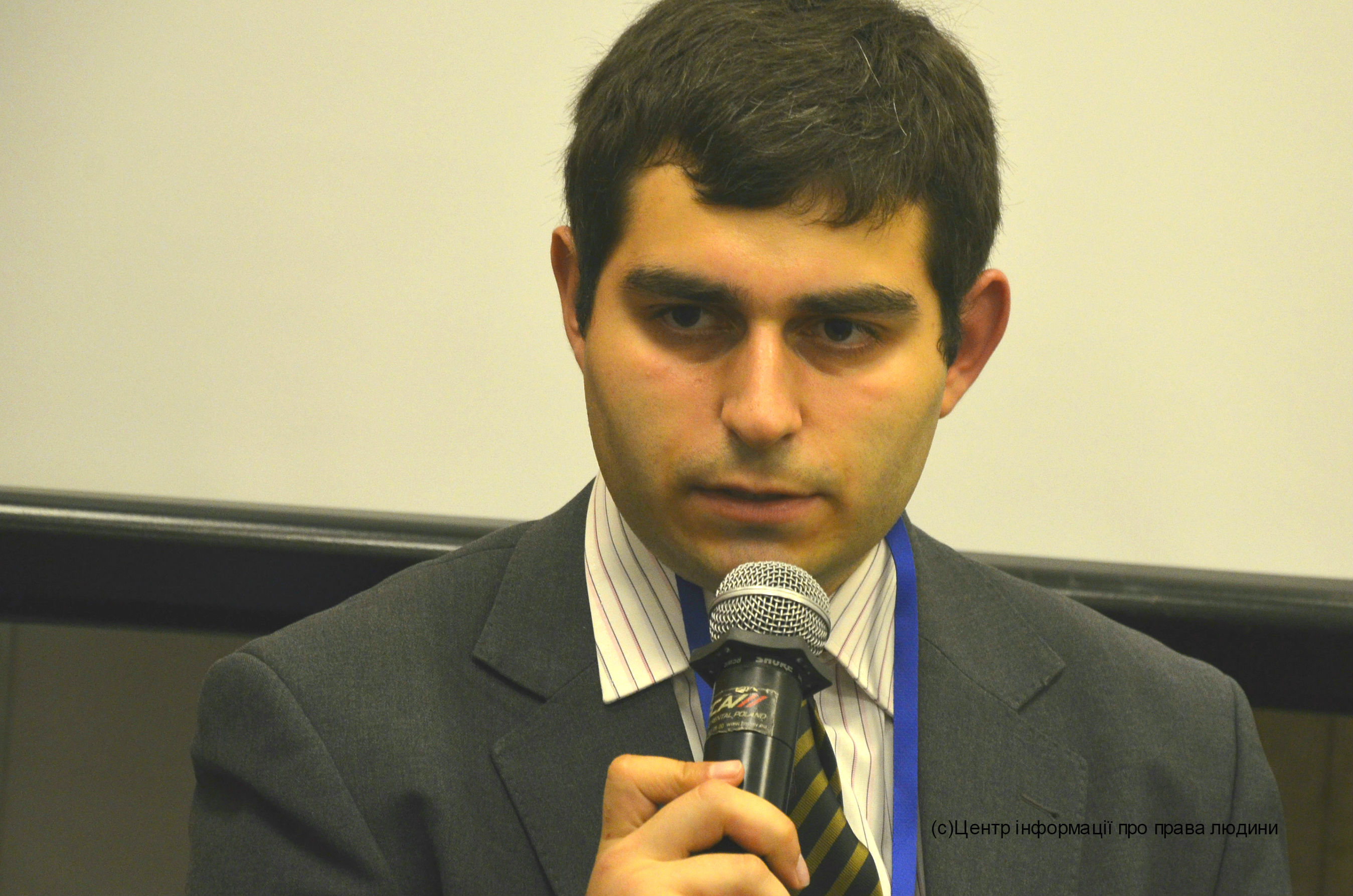 Levon Azizyan, the representative of the Charity Foundation Vostok-SOS (East-SOS), came to Warsaw with a specific purpose – to find the leverage to cancel the pass entry system on the demarcation line in Donbas, lift the ban on direct passenger transportation, and settle the situation with the transport corridors, especially in Luhansk region.
Levon Azizyan, the representative of the Charity Foundation Vostok-SOS (East-SOS), came to Warsaw with a specific purpose – to find the leverage to cancel the pass entry system on the demarcation line in Donbas, lift the ban on direct passenger transportation, and settle the situation with the transport corridors, especially in Luhansk region.
Levon Azizyan deals in Ukraine with coordination of the work of legal reception offices of the Charity Foundation Vostok-SOS in Donetsk and Luhansk regions and focuses on the issues of freedom of movement.
The coordinator monthly pays several visits to the area of conduct of the anti-terrorist operation, in particular, to the transport corridors in order to assess the status and dynamics of changes along the contact line in logistics, humanitarian, and security aspects.
Levon Azizyan comments on the situation on the demarcation line and suggests ways to remedy the numerous human rights violations.
BACKGROUND NOTE. The temporary procedure to regulate crossing of the contact line in Donbas was approved in January 2015. The document, in particular, stipulated the need for obtaining a pass for crossing the contact line.
In early May 2015, the working group at the Anti-Terrorist Centre Headquarters, which involved the representatives of the law enforcement agencies, the public, and the Office of Ukrainian Parliament Commissioner for Human Rights, was established.
Since July 2015, the passes have been obtained in an electronic form via a relevant web portal, and the paper passes have been withdrawn.
Currently, the public activists conduct the advocacy campaign to cancel the pass entry system, to restore direct passenger transportation, and improve the situation in Luhansk region.
‘PASS ENTRY SYSTEM ON CONTACT LINE HAS NO IMPACT ON SECURITY SITUATION IN UKRAINE’
– Levon, what, in your opinion, do we need to ensure observance of human rights on the contact line?
– It is appropriate to cancel the pass entry system in the current situation. The gist of it is that you must first apply for a pass to cross the line of contact.
– What is the alternative to the cancellation of passes?
– It’s simple – the standard passport control, like … at the border.
The pass entry system was introduced in January 2015. However, the fact is it has no impact on the overall security situation as the systems of border control and the database of the Ukrainian Security Service are installed at all the entry-exit checkpoints and all the transport corridors. Any person, suspected of having committed an offense, is already in the border control systems, and in case of appropriate grounds such a person will not be let through the contact line, regardless of whether he or she has a permit or not.
At the same time, about a hundred well-doing people daily cannot cross the contact line because of various minor problems. Apart from the fact that the benefit of the pass entry system is questionable, the border guards have to spend twice as much time to check the citizens.

TRANSPORT CORRIDORS FOR CIVILIANS
– At one of the Warsaw Meeting events, you talked about the importance of restoring passenger transportation across the contact line…
– Yes, I did. This applies to both buses and trains. A total ban on bus transportation was introduced in June 2015, while passenger train transportation was stopped in November, 2014. Currently, buses stop in front of checkpoints, and, having passed the passport control, the people should wait for a bus to take them to the next checkpoint.
The official argument for the abolition of direct passenger transportation was the safety of citizens as a bus can become a target for attacks by illegal armed groups. I cannot agree with such an argument. Why should we assume that a bus can be targeted while other vehicles cannot be?
The transport corridors are functioning for the civilian population to ensure the observance of their right to freedom of movement. Tens of thousands of people daily cross the contact line on either side. Therefore, the transport corridors must not be used by either party as a springboard or a shield for combat operations, regardless of whether a person is walking, riding in a car, bus, or train.
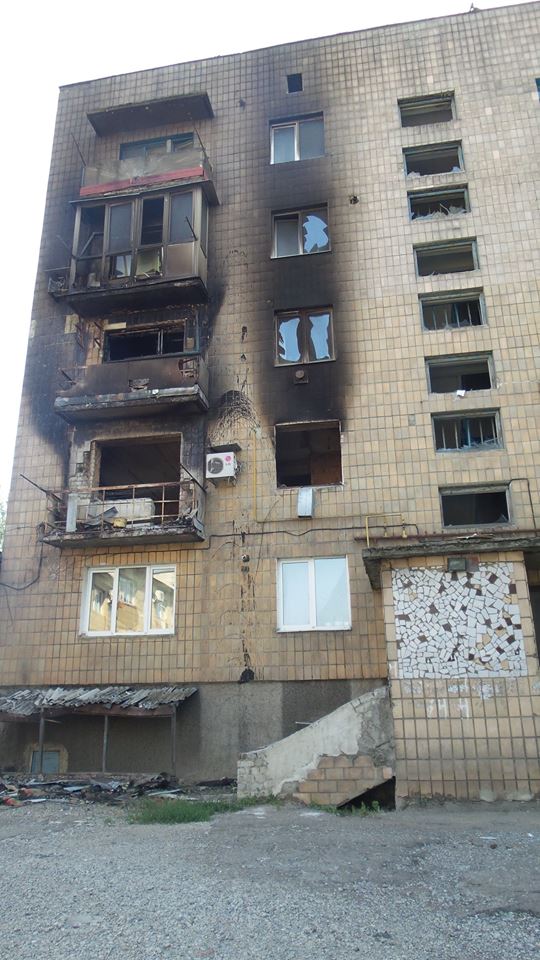
As for an argument that the illegal armed groups can get transportation fare, then I should say that nobody pays taxes or makes other payments to the state budget for travels to the territory of Ukraine, not controlled by the government, so the state will not lose more than it is losing today.
With regard to the rail transportation, then, as I said, the last passenger train arrived in November 2014. The passenger rail transportation was cancelled due to “security reasons”… despite the fact that dozens of trains loaded with coal, metal, and other commodities are quite officially carrying thousands of tons of cargo and on both sides of the contact line every day.
All these artificial restrictions on bus and rail transportation only lead to the fact that the most vulnerable groups of the population cannot cross the contact line and face additional barriers to the freedom of movement.
‘WE ARE WAITING FOR OPENING OF PERVOMAISK-ZOLOTE TRANSPORT CORRIDOR’
– What is current situation with the transport corridors in Luhansk and Donetsk regions?
The situation is very bad. Five transport corridors now operate across the contact line. Of them, there are four vehicle and pedestrian corridors in Donetsk region, and one pedestrian corridor in Luhansk region.
About 25,000-30,000 people daily cross the contact line on both sides. In summer, the number of people rises up to 35,000.
As the offensive military actions of the illegal armed groups intensified, a vehicle and pedestrian corridor Luhansk-Shchastia was closed in January 2015. The transport corridor Faschevka – Debaltseve, which was located at the intersection of two regions, was closed in February 2015. To replace these two transport corridors, the alternative transport corridor Pervomaisk – Zolote was opened.
However, in May 2015, the representatives of the illegal armed groups closed the last full-fledged transport corridor in Luhansk region. The resumption of work of the transport corridor Pervomaisk – Zolote has been officially and actively agreed within the Minsk peace talks since autumn 2015.
Since then, the resumption has been officially announced many times, but it has not produced the desired result so far. First and foremost, it is so because of the artificial delay in opening of the transport corridor by the illegal armed groups.
In March 2016, the resumption of work of the corridor was almost agreed. However, the illegal armed groups did not allow people to cross the contact line across their checkpoints.
Zolote entry-exit checkpoint in Luhansk region is located on the government-territory of Ukraine, fully equipped, and ready for the resumption of work even tomorrow. However, the same cannot be said about the checkpoint located on the uncontrolled territory in the town of Pervomaisk.
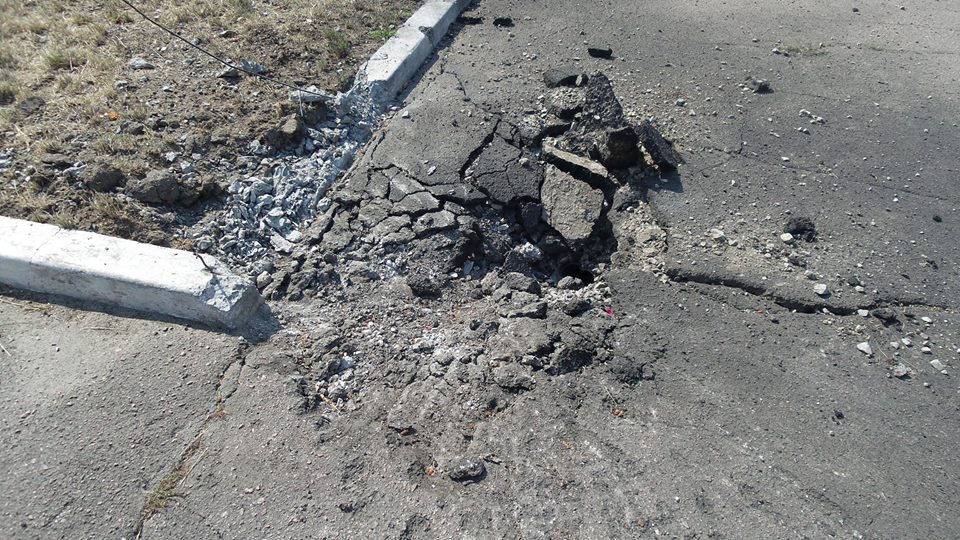
– To what extent are the OSCE participating states interested in resolving issues on the contact line? Are they ready to help?
– The German and French OSCE delegations showed the greatest interest in the issue of freedom of movement in eastern Ukraine. It is not surprising as the Federal Republic of Germany and the French Republic are parties to the Minsk agreements. I hope that the assistance of these countries will improve the human rights situation in the conflict zone.
Photo credit: author of the article, Facebook page of Levon Azizyan

